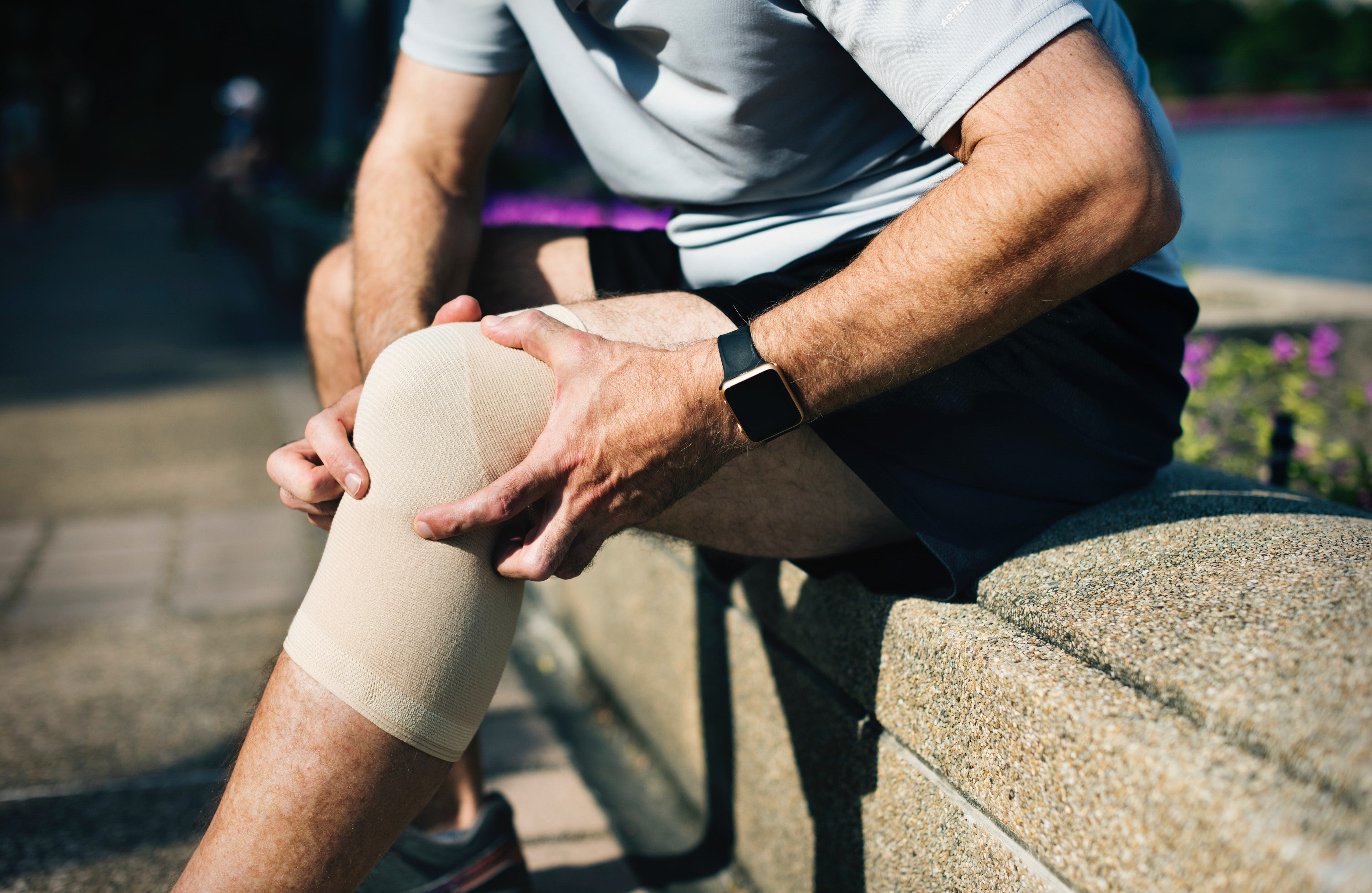Anterior Knee Pain?

1 in 5 runner's complain of knee pain! Are you one of them?
Patellofemoral Pain Syndrome (PFPS) or Runner’s/Jumper’s Knee is a repetitive strain injury that affects the patella tendon, which runs from your kneecap (patella) to your lower leg (tibia).
This tendon helps us by storing and releasing energy during activities like running, jumping, or even climbing stairs. So, it works pretty hard, especially if you’re active or training regularly.
After a while, these bouncing and repetitive movements can lead to overuse or strain of the tendon, resulting in painful Runner’s Knee, especially if there are biomechanical imbalances and dysfunction in the lower limb.

|
How do I prevent Runner's Knee?
1. Know your injuryDid you know that before a repetitive-strain-type condition such as PFPS occurs, your patella ligament gets 'SICK'. This means that it does not perform and recover like normal, healthy tissue.
When recovering from injuries, or preventing them, its important to understand the pathological process and how it develops.
LEARN MORE
The 3 Pillars of Zlaant... By consistently following a predetermined progressive rehabilitation plan and tracking your progress, you are less likely to jump the gun and more likely to stick to your protocol and ultimately recover optimally.
Evidence-based clinical trials have shown that consistent, controlled eccentric exercises are your best defence!
The ZlaantBoard Circuit (included in the box) follow a dynamic, yet simple, daily exercise routine that focuses on quality of movement as well as strength and mobility, through a range of proprioceptive exercises that target the lower kinematic chain.
Together, the ZlaantBoard and Circuit can help you naturally combat common repetitive strain injuries (such as Runner's Knee) through regular, daily use.
All exercises in the circuit are demonstrated in our new exercise library which you can browse here.
Remember, many conditions can cause knee pain. If you suspect that you may be suffering from PFPS, we suggest that you visit a health care practitioner for a qualified and professional diagnosis.
View Exercise Library
|
|
|
